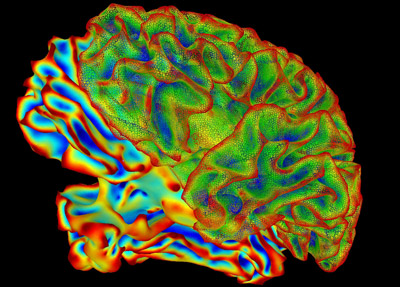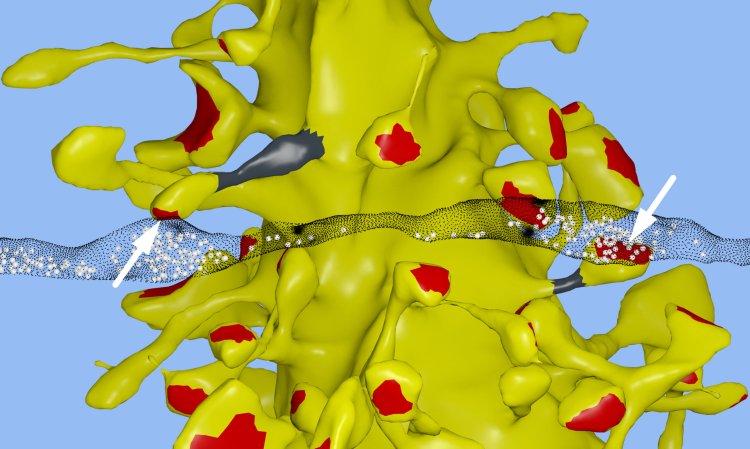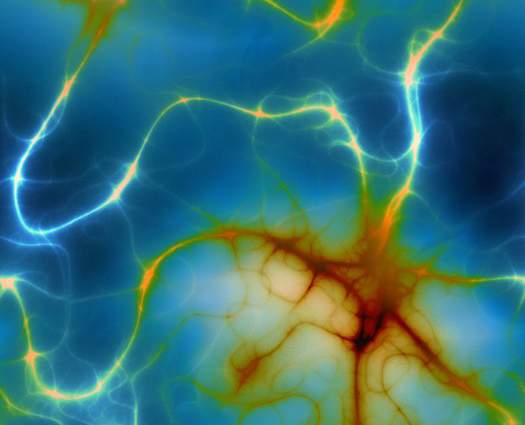

The Kavli Foundation, along with its seven university partners, announced today that it has committed $100 million to neuroscience research. The money will help fund the BRAIN Initiative, which was launched two years ago by President Obama to gain a better understanding of how the brain’s individual cells work together to do everything from creating memories to drawing a picture. The Kavli funding is in addition to the $85 million that the NIH announced today for BRAIN initiative research. Neuroscience researchers hope the money will help develop tools that will allow neuroscientists to see the whole picture of how the brain works–currently researchers can only see a small piece of the puzzle.
The majority of the money will be allocated to three new neuroscience institutes at Johns Hopkins University, UCSF, and the Rockefeller University, which will become a part of seven Kavli neuroscience institutions within universities. Of the $100 million committed, about half will come from the Kavli Foundation itself and the remaining half will be provided by the seven university partners. During a press conference held by the Kavli Foundation in Washington, D.C., neuroscientists from around the country acknowledged the need for this funding in order to gain a full picture of the brain’s circuitry. This basic knowledge, they say, will help to reveal the causes and and potential treatments for neurological diseases such as Alzheimer’s, Parkinson’s, and autism.
With this new funding, all three institutions hope to put a clear focus on the interdisciplinary aspect of neuroscience research by encouraging cooperation between neuroscientists, engineers, and data scientists. One of the biggest challenges in neuroscience research is developing probes, tools, and other data analyzing techniques that will help scientists see how a healthy brain works, which is the first step to understanding what happens in brain-related disorders. Specifically, the new Kavli Institute for Fundamental Neuroscience at UCSF intends to partner with engineers at two San Francisco-based private companies to develop the probes and tools to understand the brain’s plasticity, or its unique ability to continually modify its structure and function. In this way, the three new institutions hope to break the barriers and blind spots in neuroscience research by integrating different areas of science whose specific expertise can help create new tools neuroscientists need.
In the future, neuroscientists plan to continue to expand their coalition to bring in scientists from more disciplines and with other areas of expertise. Particularly, they see a huge place for computer science, since specialized technology for analyzing large-scale circuits is desperately needed. In addition, the researchers, especially a younger panel of neuroscientists at the conference, called for scientific research across disciplines to be more open and collaborative, which would allow scientists to work together and employ solutions to problems in neuroscience that neuroscientists themselves cannot tackle alone.






